Piping Plovers Disturbed by People
A study examining the effects of human disturbance on piping plovers has discovered that activities such as coastal modifications and recreational use of beaches have negative impacts on the birds, even on their non-breeding grounds.
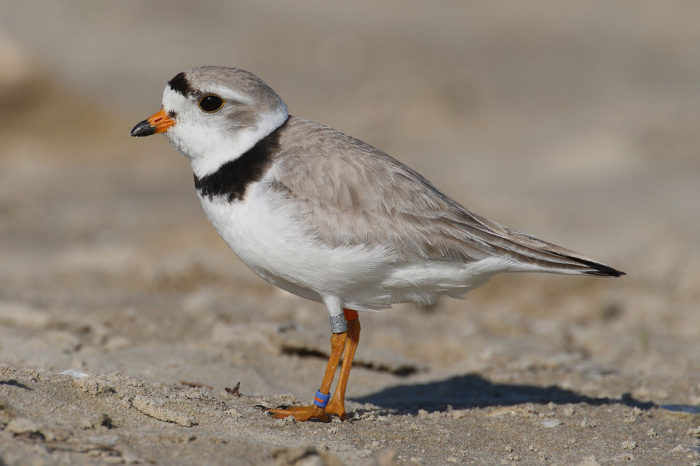 Image: By Mdf [GFDL (http://www.gnu.org/copyleft/fdl.html) or CC-BY-SA-3.0 (http://creativecommons.org/licenses/by-sa/3.0/)], from Wikimedia Commons
Image: By Mdf [GFDL (http://www.gnu.org/copyleft/fdl.html) or CC-BY-SA-3.0 (http://creativecommons.org/licenses/by-sa/3.0/)], from Wikimedia Commons A new study in The Condor: Ornithological Applications presents the negative associations that have been discovered between human disturbance, such as recreational use of beaches and coastal modifications, and piping plovers on their non-breeding grounds.
Shorebirds are one of the most threatened bird families in the world. Numerous studies have shown the negative impacts of humans on these birds, whether it be large-scale (e.g. habitat loss, climate change) or small-scale (ATV use, running with pets or flying kites, for example). This research indicates that there are direct consequences of disturbance.
Most piping plover research has focused on the breeding season in an attempt to directly influence population numbers, however this study argues that efforts are required throughout the year, and in all locations, in order to ensure piping plover survival.
The study’s lead author Dan Gibson, from Virginia Polytechnic Institute and State University, and colleagues monitored piping plovers year-round to determine the health and behaviour of individuals. Of particular interest to them was the body condition, survival and site fidelity of the birds. Plovers in disturbed areas proved to be significantly lighter in mass, due to the birds not being able to find enough food. Given poorer body condition, it should be no surprise that birds in these disturbed areas also had lower survival rates.
Piping plovers have strong site fidelity on the breeding grounds and the study found that fidelity continues on the non-breeding grounds. While physically capable of changing location, it was not common for individuals to do so even if there was a high level of disturbance – such strong site fidelity didn’t allow them to. Therefore, some of the strategies used on their breeding grounds (e.g. reduced human recreation, roped-off areas and banning dogs from beaches) may be beneficial to also do on the non-breeding grounds. This would ensure the year-round conservation of this threatened species.
“We have a lot of opportunity to engage with the public in what exactly our research is about. We often try to stress that the impact an individual recreationist has on a shorebird is practically non-existent. However, if every person who uses a beach in a given day influences how these shorebirds feed or rest, those minute impacts can begin to add up over the course of a season that can manifest itself as reductions in individual body condition and ultimately their ability to withstand bad weather conditions or successfully migrate and find a mate. We try to stress that small changes in how we use a beach (e.g. keep dogs on leash, avoid running through groups of birds) can really add up to substantial improvements in the overall quality of coastal habitat for shorebirds,” says Dan Gibson
Professor Jonathan Cohen, an expert on shorebirds, adds: “This study availed itself of a unique resource that range-wide banding efforts have provided for the study of the demographics of the endangered piping plover, and successfully attempted the difficult task of teasing out the sometimes subtle effect of disturbance in nonbreeding areas on annual vital rates [the statistics used to calculate population changes]. The finding that this endangered species may not readily abandon habitat that is detrimental for fitness was surprising, and warrants immediate attention from the conservation community.”

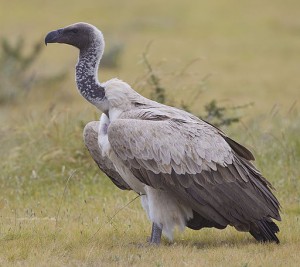
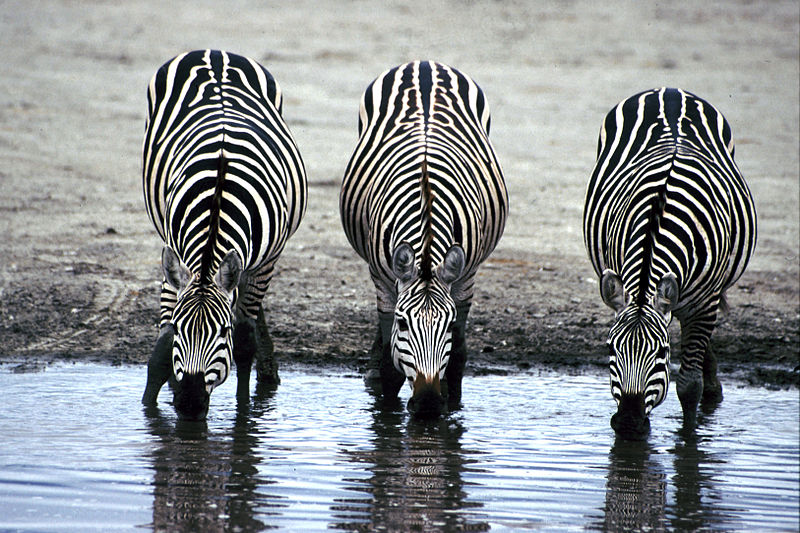
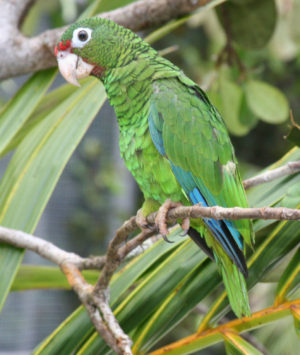
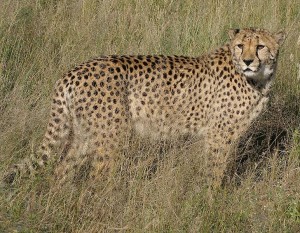
Sorry, comments are closed on this post